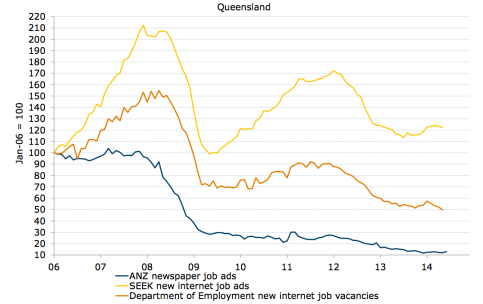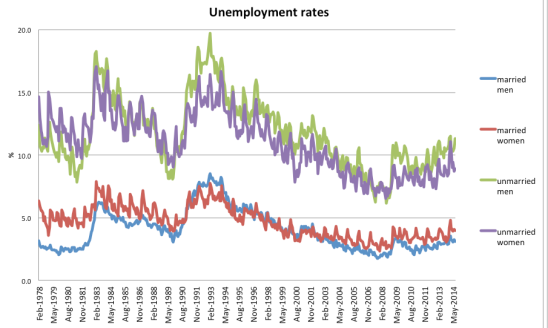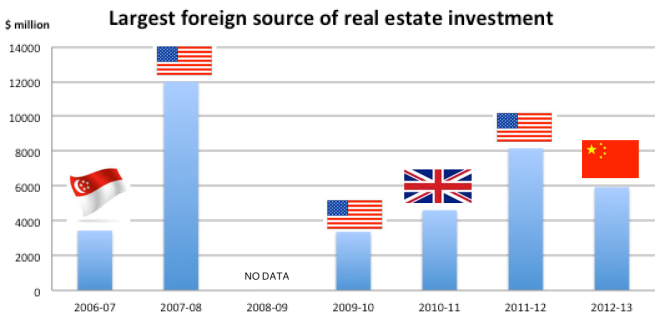Talk of “innovation” makes me sigh. Next to wars on terror, it may be the most nebulous concept that governments like to throw money at.
Industry Ministers love to be associated with it. The federal department of industry was rebranded as the Department of Innovation, at one stage. And for what? It got us no new robots, no flying cars.
Innovation is a shifting sand of the economy. Just try to define it. The moment you do, you’ll realise how deep into the dunes we’ve trekked and how badly lost we have become.
Examples of innovation seem easy to come up with: The espresso machine is an especially pertinent example at this time of the morning.
But the ABS definition of innovation is this:
“The development or introduction of new or significantly improved goods, services, processes or methods is generally considered to be innovation.”
Development or introduction. So where does innovation matter most? Is it the invention of the espresso machine? Or is it when I install one in my restaurant? The former allows one person to register a patent and collect rents. But the latter is where the masses get the value. The latter is underappreciated

Under the definition, an innovation need not be new to the world, just new to the business.
Deciding to replace the chairs in my restaurant with padded ones could be considered the introduction of a significantly improved service that might add a lot of value for my customers. Likewise, installing a simple accounting software at a business might be the best innovation it has seen in years.
What’s more, this sort of innovation requires much less R&D so its benefit to cost ratio is much better.
Suddenly innovation seems less sexy.
You might want to be a purist and focus on inventions? Okay. But for a small country like Australia, with less than 1 per cent of the world’s population, we can’t expect to invent even a tenth of the innovations we use.
By far the majority of progress in our country will come from introducing concepts and ideas from offshore. Some of them may be recent ideas, but others, like the ways of doing business at H&M or Uniqlo, are well-established and scarcely seem to a mid-ranking federal minister like “innovation” at all .

Any change that lifts business performance should be classified as innovation. Nevertheless policy seems to focus on the brightly shining examples of research and development and invention. (Perhaps the latin root’s emphasis on the newness is part of the problem?)
As part of this invention-focused Innovation Agenda, a huge amount of lip-service is paid to the idea of “commercialising” university research.The government frets over low commercialisation rates and universities invest a bunch in commercialisation offices. There are two big problems with this.
1. 99 per cent of new ideas developed in universities are not going to be commercially relevant, or at least not now.
2. The incentive structures of academics are designed so there is no point for them in getting anything commercialised. Patents are pointless when you’re going to get promoted on how many papers you produce. The commercialisation offices hold too few carrots to get anything real done.
The government can continue to produce glossy reports on Australia’s “National Innovation System” but we will continue to be chasing our tails so long as we, as a society and as a group of policy-makers, obsess over the use of this hopeless catch-all word. We should focus on productivity improvements, technology uptake, inventions. But they all need different policy levers.
The ABS counts a business as “innovation active” if it introduces or abandons a new idea. I like that. I think one of the best innovations we could introduce in this country would be to abandon the word innovation in order to more clearly focus on the things it is trying (and failing) to convey.



































